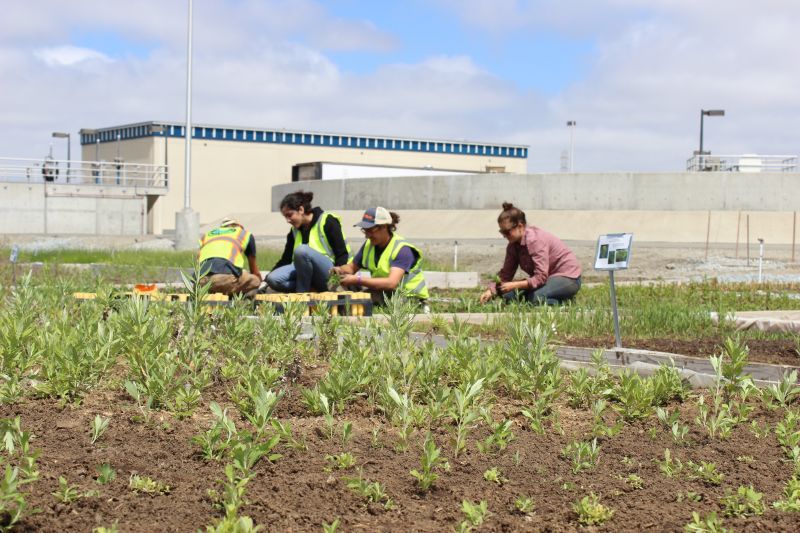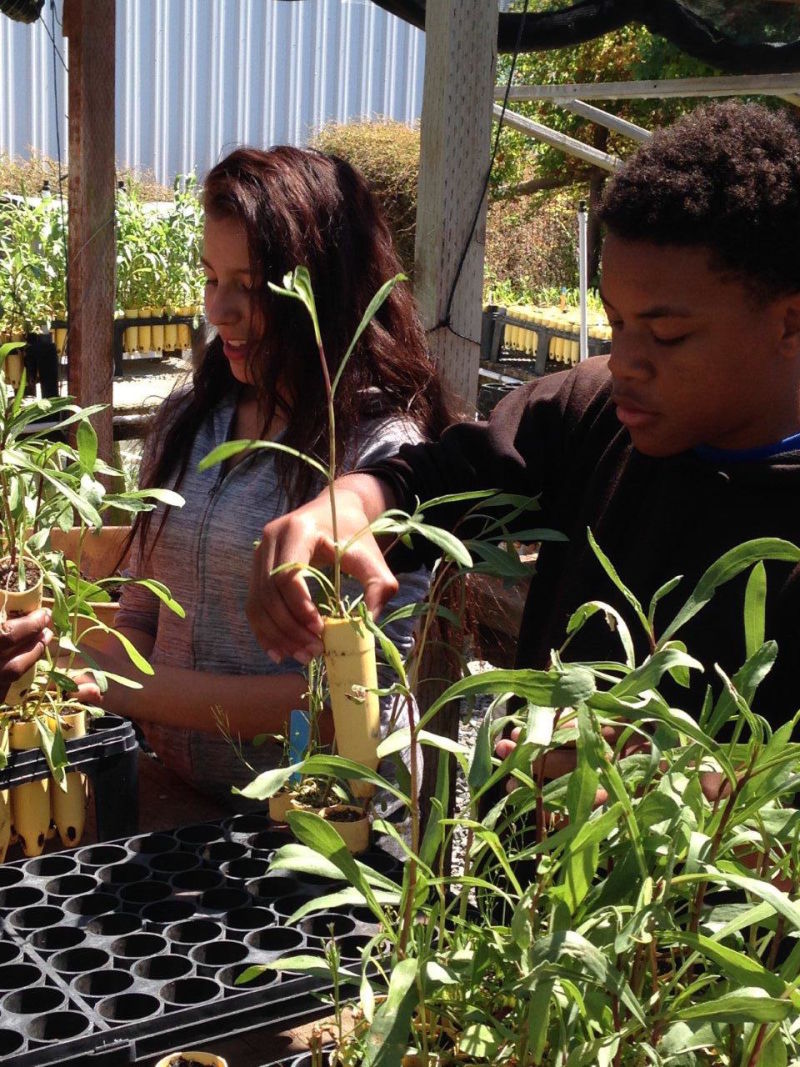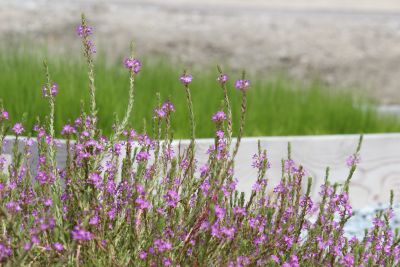The San Francisco Bay and Delta were once ringed by a deep fringe of marshes. They acted as the lungs and kidneys of the ecosystem, filtering water and providing homes to millions of shorebirds, ducks, fish and other wildlife. But because of diking, dredging and filling before 1970 when modern environmental laws began to protect wetlands, the amount of tidal marsh around the bay and delta declined from roughly 555,000 acres in 1800 to about 40,000 acres by 2009 -– a drop of more than 90 percent.
Since then, tidal marsh protection and restoration has been a priority for public agencies and environmental groups, and more than 11,000 acres have been added or restored. You can see an animation of the bay’s marsh history from the San Francisco Estuary Institute.
Now a pilot project is underway near Hayward that could revolutionize future tidal marsh restoration efforts, and pave the way for protecting property that rings the bay from rising sea levels that most scientists expect as climate change continues to warm the planet.
The “Horizontal Levee” project at the Oro Loma Sanitary District is a first-of-its-kind effort designed to mimic the way historical marsh areas work, from filtering wastewater to protecting the shoreline against battering waves and erosion during storms.
Unlike traditional narrow levees or sea walls, “horizontal levees” are wider, with a gentle slope from dry land toward the bay that is similar to natural wetlands. They are designed to blunt the force of waves, preventing flooding.



